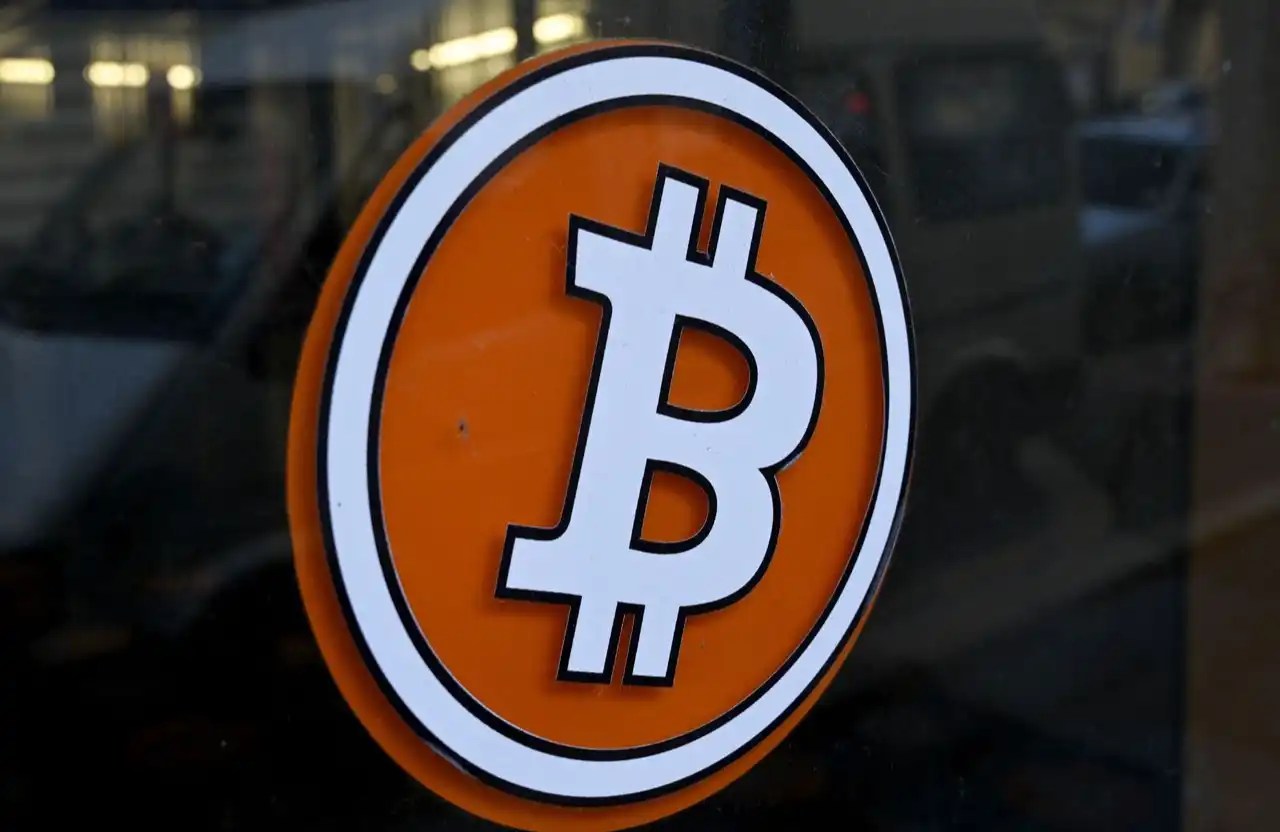Whale Dominion or Democratic Dream: Shiba Inu’s Governance Crossroads
- Shiba Inu (SHIB), a leading meme coin, adopts decentralized governance via ShibaDAO to empower 1.45M holders. - Whale-dominated token-weighted elections risk centralizing influence despite community-driven initiatives like Shibarium. - SHIB price rose 5.37% to $0.000013 amid 3,464% token burns, signaling whale/institutional interest. - Diversified tokens (LEASH, BONE, TREAT) enhance utility, but governance challenges threaten long-term decentralization.
Shiba Inu (SHIB) has long been recognized as a leading meme coin, but recent developments suggest that decentralized governance could redefine its trajectory. The project, launched in August 2020 by the anonymous creator “Ryoshi” as a playful alternative to Dogecoin , has grown into a $7.71 billion market cap asset with over 1.45 million on-chain holders. Central to its success has been the community-driven approach, with initiatives like ShibaDAO providing a platform for token holders to influence the project's direction. This decentralized governance model is now under the spotlight as the project moves toward formalizing its leadership structure through a three-phase election for its first interim president [1].
The election process, which began in August 2025, is token-weighted, meaning that each SHIB token equates to one vote. This structure inherently favors large holders, or “whales,” who control a significant portion of the circulating supply. While project lead Shytoshi Kusama has suggested that a whale candidate would be ideal, given their vested interest in the ecosystem’s success, concerns have been raised about the concentration of influence [1]. Critics argue that smaller community members may have limited impact, potentially undermining the decentralized ethos that has defined Shiba Inu .
Despite these governance challenges, the SHIB price has shown signs of resilience. A 3,464% increase in token burn activity in the same period has reduced the circulating supply, sparking renewed interest among whales and institutional investors. The token’s price surged 5.37% to $0.000013, reflecting this dynamic [3]. Analysts note that the reduced supply could push SHIB closer to $0.000015 if the upward momentum continues, with $0.000012 serving as a key support level [3]. These market movements highlight the potential for SHIB to maintain relevance as a community-driven asset in a competitive crypto landscape.
The decentralized governance structure of Shiba Inu is not only a strategic advantage but also a reflection of the project’s broader goals. Through ShibaDAO, holders can vote on proposals related to fund allocation, new features, and partnerships, reinforcing a sense of ownership and engagement. This model has proven effective in fostering loyalty, as community members feel more invested in the project’s success. The ShibaDAO framework has also enabled the launch of initiatives like Shibarium, a Layer 2 solution that improves scalability and reduces transaction fees, further aligning with the project’s commitment to innovation [1]. Such developments are crucial for Shiba Inu’s long-term sustainability, as they address key challenges in blockchain adoption.
The broader ecosystem of Shiba Inu continues to evolve, with new tokens like LEASH, BONE, and TREAT serving distinct functions within the community. LEASH, for instance, is a rebase token with a smaller supply, appealing to investors seeking higher potential returns. BONE facilitates decentralized governance, allowing holders to vote on proposals, while TREAT incentivizes participation through rewards. These tokens collectively deepen user engagement and create a more robust economic model [1]. By diversifying the tokenomics, Shiba Inu is positioning itself as more than just a speculative asset, but as a platform with functional utility.
Looking ahead, the future of Shiba Inu will depend heavily on the outcomes of its governance elections and the continued adoption of its technological innovations. If the community can navigate the challenges of whale dominance and maintain a strong, inclusive governance model, SHIB could retain its position as a top meme coin. The project’s ability to adapt to market demands and leverage its decentralized structure will be key to its ongoing success. As the crypto space evolves, Shiba Inu’s commitment to community-driven governance and innovation may serve as a blueprint for other projects seeking to redefine their narratives through decentralized leadership [1].
Source: [1] How Shiba Inu (SHIB) Became a Meme Coin Phenomenon Through Community-First Marketing [2] Shiba Inu DAO Election: Whales Dominate as SHIB Price Struggles [3] Shiba Coin Price Explodes 5.37% as Whales React to Massive 3,464% Token Burn Frenzy
Disclaimer: The content of this article solely reflects the author's opinion and does not represent the platform in any capacity. This article is not intended to serve as a reference for making investment decisions.
You may also like
From "whoever pays gets it" to "only the right people get it": The next generation of Launchpads needs a reshuffle
The next-generation Launchpad may help address the issue of community activation in the cryptocurrency sector, a problem that airdrops have consistently failed to solve.

After bitcoin returns to $90,000, is Christmas or a Christmas crash coming next?
This Thanksgiving, we are grateful for bitcoin returning to $90,000.

Bitcoin security reaches a historic high, but miner revenue drops to a historic low. Where will mining companies find new sources of income?
The current paradox of the Bitcoin network is particularly striking: while the protocol layer has never been more secure due to high hash power, the underlying mining industry is facing pressure from capital liquidation and consolidation.
